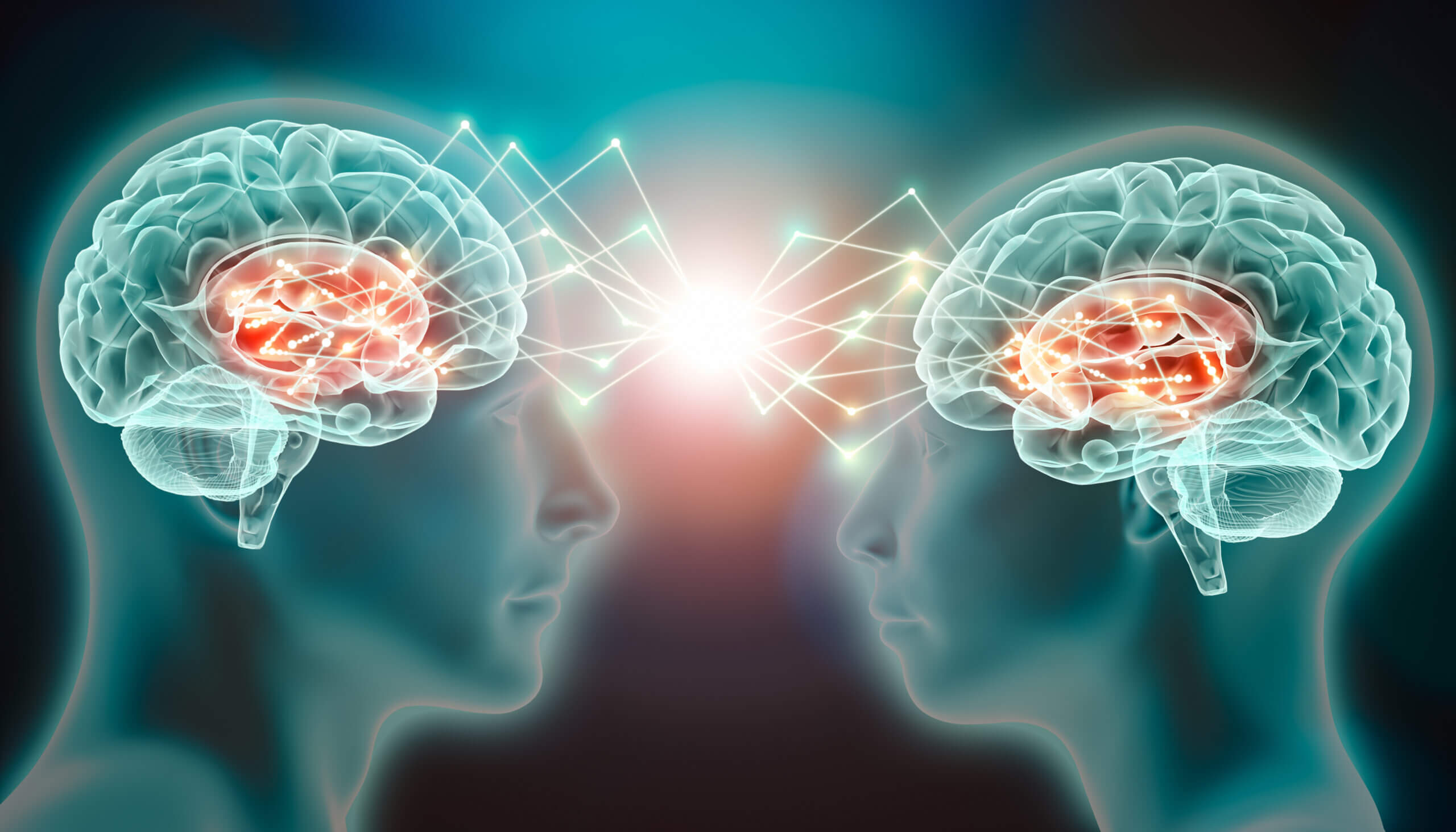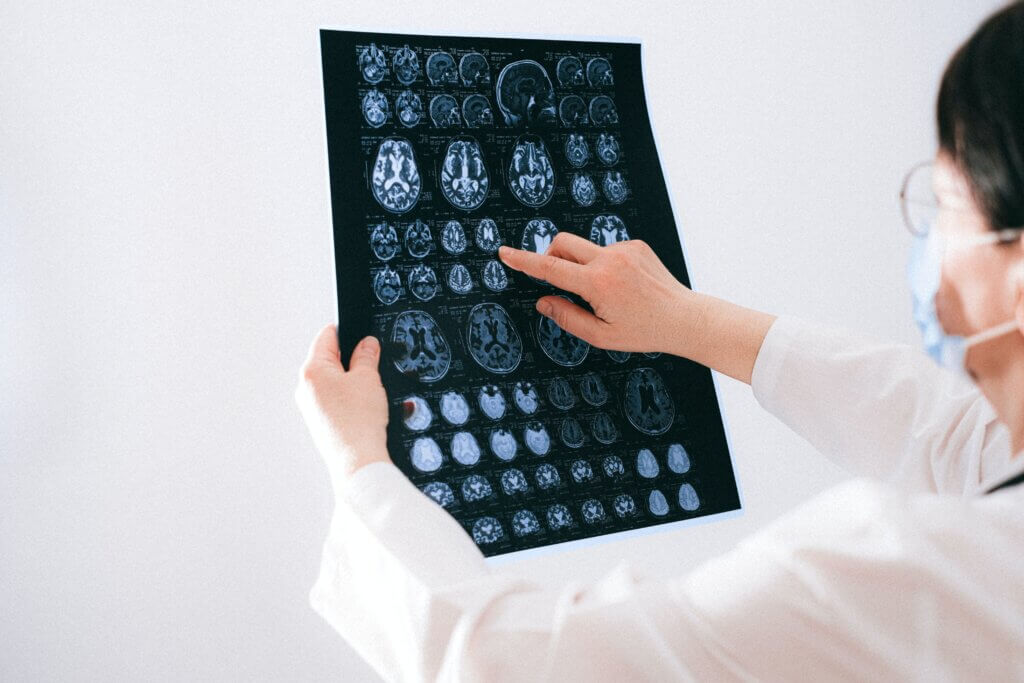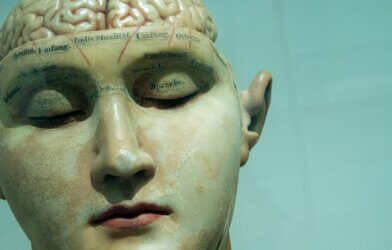Becoming a mother is a life-altering experience both mentally and physically, and scientists are starting to unveil the intricate processes that happen in a woman’s brain during pregnancy and after giving birth.
Researchers from the Universitat Autònoma de Barcelona (UAB), the Gregorio Marañón Health Research Institute, and the Hospital del Mar Research Institute have delved into the fascinating world of neurobiological adaptations in mothers. This exploration covers everything from the way the brain’s structure changes to the fluctuations in hormones and the resulting maternal behavior.
They examined a wealth of scientific literature, totaling 174 articles, to connect the dots between brain structure changes, hormonal shifts, and maternal behavior. Their findings, published in Nature Reviews Neuroscience, provide valuable insights into women-oriented research.
The researchers have honed in on the crucial role of hormones, especially estrogen, in influencing plasticity processes in the brain during pregnancy and the postpartum period. However, the specific processes that drive these changes and how they impact maternal behavior are areas that require further investigation.
The brain isn’t immune to the transformations of motherhood. A groundbreaking study by the UAB and the Hospital del Mar Research Institute in 2017 revealed that pregnancy leads to structural changes in the brain of first-time mothers, impacting regions involved in social interaction. These changes, accompanied by hormonal fluctuations, endure for at least two years post-birth.
The researchers highlight three key factors in understanding maternal adaptation:
- Estrogens (Oestradiol): These hormones play a leading role in driving brain changes during pregnancy.
- Brain Circuit for Social Cognition: Specific brain regions, like the medial frontal cortex and precuneus, are the epicenter of these changes.
- Psychological Evolution: Understanding the cognitive and emotional shifts required for developing a mother-child relationship tailored to each phase of pregnancy and postpartum.
The unique aspect of human motherhood lies in these psychological changes, setting us apart from other animals. However, this area remains largely uncharted territory in scientific research.
To progress, researchers have charted a roadmap for further study:
- Identifying Brain Cell Substrates: Understanding the neural foundation of these changes, which is not solely driven by plasticity but also by hormonal fluctuations, especially toward the end of pregnancy.
- Mechanisms of Hormone-Driven Changes: Delving into the intricate exchanges of steroids and hormonal peptides to understand how they induce structural and behavioral reorganization.
- Characterizing Psychological Evolution: Improving methodologies like MRI studies and questionnaires to establish links between observed brain changes and maternal behavior components while considering external postpartum factors.
Most studies on this topic have been conducted in rats, and the researchers emphasize the importance of conducting more studies on women. The human brain differs significantly from those of other species, particularly in the cerebral cortex and hormonal regulation. This “choreography” of sexual hormones varies across species.
While there are some commonalities between humans and other animals, human motherhood presents unique characteristics that deserve in-depth exploration. Understanding these intricate processes will shed light on the profound transformation women experience when they become mothers.













